[draft] Brainard Cabin: Trip Report
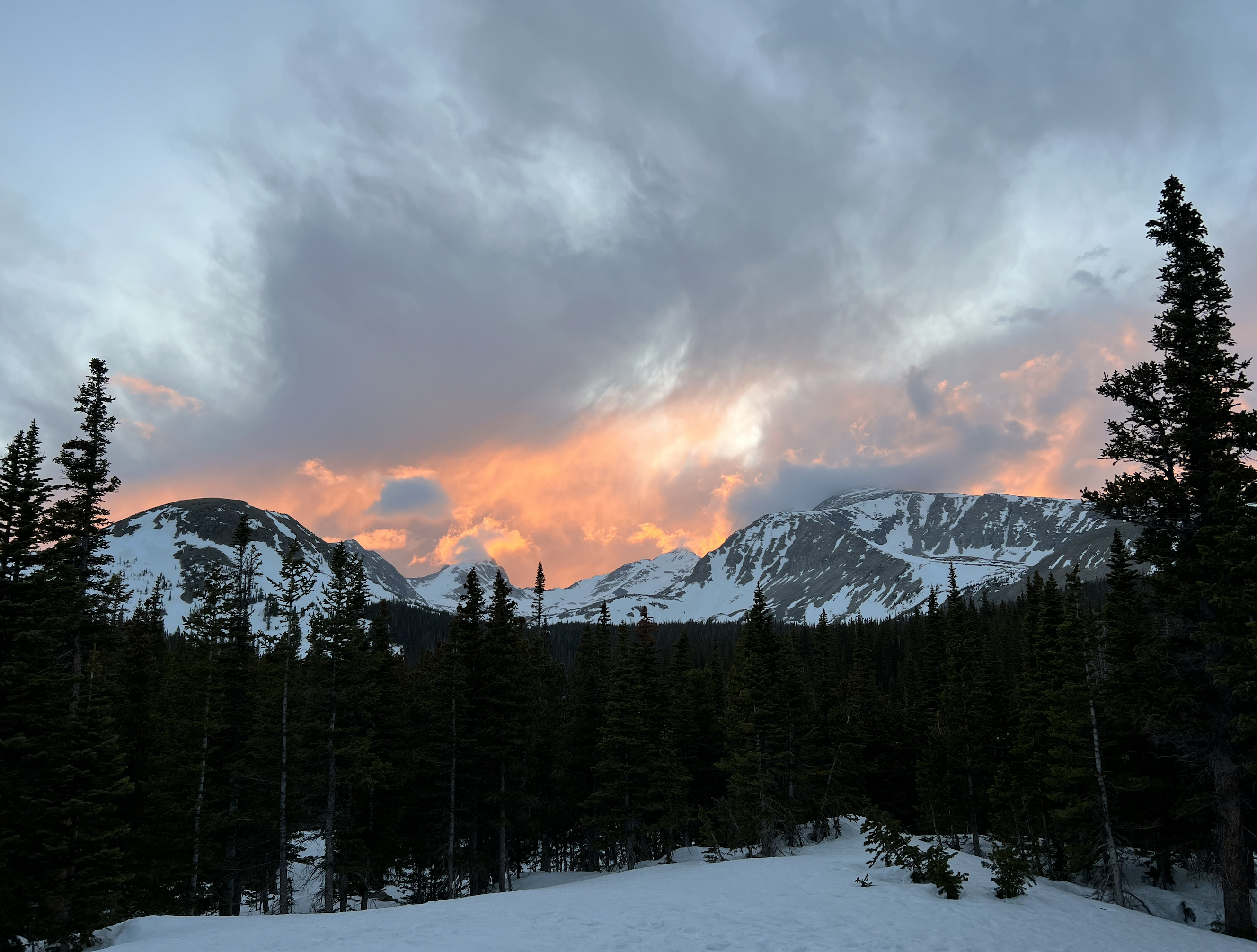
location: Roosevelt National Forest, CO at Colorado Mountain Club’s Brainard Cabin
length of stay: 2 nights
party: Gary, Lauren, Ken, and myself
weather: "Highs in the 40s and mostly clear with clouds at sun set. Steady barometer."
If ever there was a cabin to describe as analog, this would be it. From the first signage as you approach the door to the closing remarks on the check-out report you sign your name on, this place speaks to you through 97 years of iteratively-defined social practices passed down through pen, sharpie, and patina.
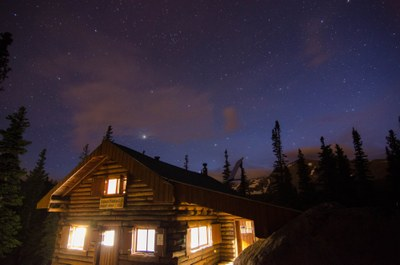
Though the cabin is entirely off grid, it’s got enough insulation and other assorted creature comforts to make the freezing temperatures outside a distant thought. A wood stove in the living room heats the hut nicely, and stoking the kitchen stove in parallel was enough to start sweating. There’s also propane for cooking and a solar array for a 12v circuit for lighting at night. Oh and a sign on the door that asks you kindly not to leave yellow snow for future residents but please instead use the outhouse a few dozen feet away.
This was an amazing couple of nights; the perfect setting for finishing up the last third of Astoria by Peter Stark. A chance to disconnect from the digital world a bit and live at the pace of things in the before-times. I don’t necessarily want to carry and boil all my water every day and tend to a stove to keep warm. But there is a certain satisfaction to spending calories this way; enjoying the fact that my friends now get to quench their thirst because I hauled some shit through some snow to them.
The provided 68+ page handbook was a dense binder full of information on how to operate the cabin. It covered everything from how to start the wood stove, where to find a culvert to pull water from the stream to the story of a rescue of a family in 1993. It also had some history about how the cabin came to be:
In 1927, a mountain cabin was a gleam in the eye of chemistry professor Van Valkenburgh. In April he proposed that the Boulder Group “build its own place,” and he and mathematics professor Hutchinson found two sites. One was near Caribou, the other near Brainard Lake. They chose the latter when biology professor Ramaley told them it would be more free of mosquitoes.
Some were appalled at the idea. One journalist said, “Not long ago, visitors . . . were happy to make their beds on the ground with a tent for a shelter, and a rough plank for a dining table. Now it is cabins, and cots, mattresses, and electric lights and a laundry and shower baths with hot water and all the comforts and blankets of home . . .”
But most liked the idea, and construction began.
But don’t think of the cabin then as it is now. The front door was the only entrance; each guest came in with a blast of cold air. The sleeping loft was totally uninsulated. One year the cabin hosted 36 overnight guests. Now the loft is insulated and the “official” capacity is 12. There was no Franklin stove. The cook stove was in what is now the entrance lobby, where it could do nothing to heat the quarters. The fireplace sucked more heat out of the cabin than it delivered. Eva and I remember the snow banks that drifted in through the cracks in the wall next to the fireplace and didn’t melt during a “cozy” cabin weekend. We were tough then.
It also had wonderful trivia:
A tradition at the cabin is a reading of Robert Service’s “The Cremation of Sam McGee” late on a winter’s night accompanied by the soft whistle of the Avalon stove.
And some pretty good kitchen operations management advice:
As a cook you’ll find that your working efficiency decreases as a function of the square of the number of other people in the kitchen. Shoo them out as necessary.
And some general advice for traveling to a remote cabin (we failed to follow this particular note):
Travel prepared as if the cabin were not there.
Yes, you have the combination. Or do you? What if you left it at home, or it fell out of your pack, or it didn’t work? Always travel prepared for a retreat in outdoor mountain conditions.
All in all, reading through this guide it was clear how much trial, error, and sweat had gone into making this place as cozy and safe as it was. It’s quite the beautiful resource, stewarded along by each party that comes through by following a relatively rigorous checklist of opening up, using, and shutting down the cabin. Unlike an Airbnb where things are more so designed for convenience and comfort, the cabin is ultimately designed to survive; comfort and aesthetics secondary.
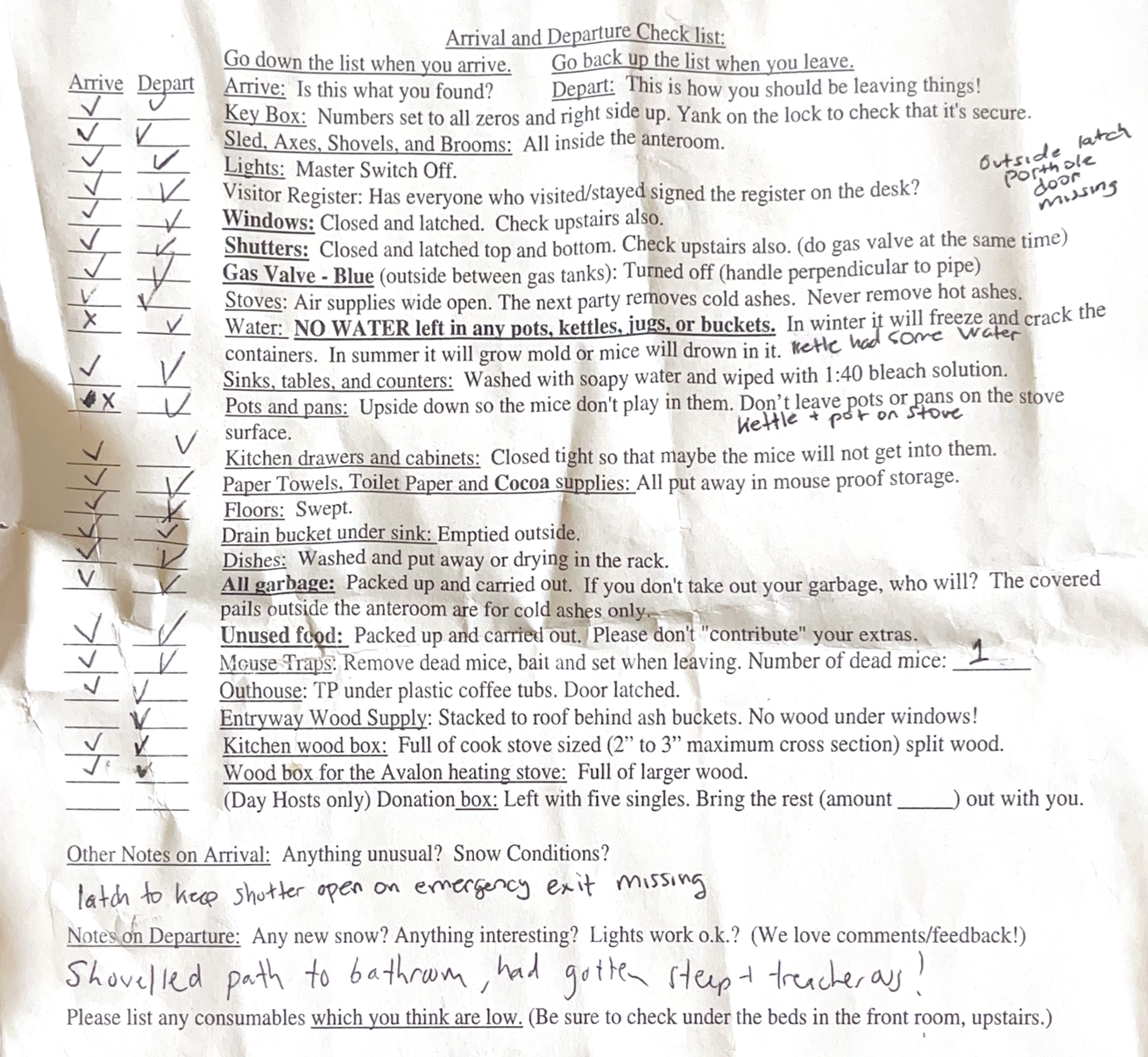
I chopped some wood #
Thanks, Gary for the pointers that helped me keep my appendages. It’s harder than I thought it would be - I felt it in my shoulders the next day. Every piece of wood is a bit structurally different; each with its own attitude and ways it does and doesn’t want to be cut. And once you do all that, you have to move the wood over to an accessible area you’d want to trek out in your underwear at 11 at night, but you can only carry so much at a time.
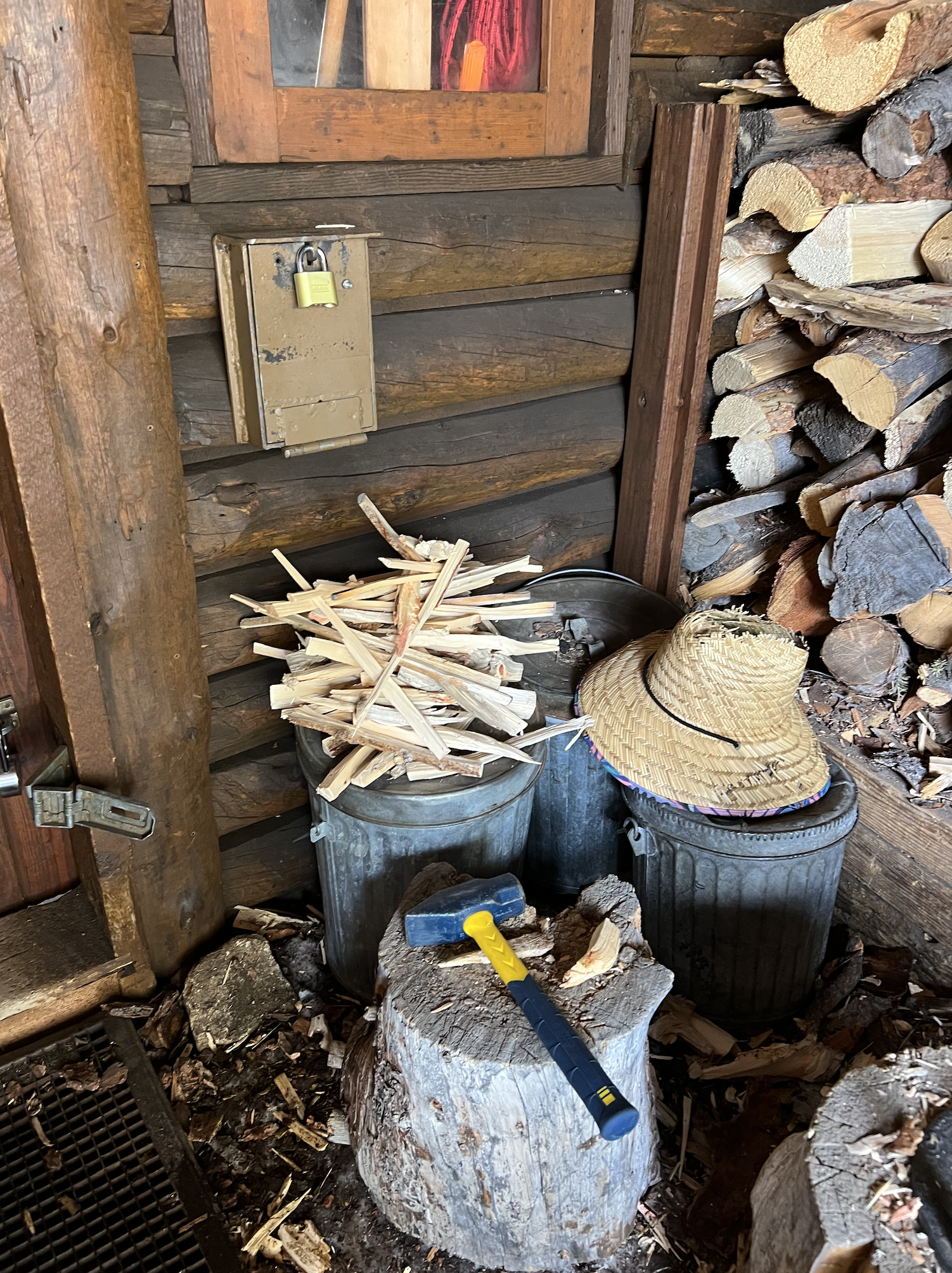
All that being said, trees are amazing things; a renewable resource that grows up out of the ground with photosynthesis and capillary action that we can harvest this spectacular material that can be shaped and molded into structures or set on fire to release heat (inside a structure made of wood, sitting on chairs made of it too!)
I built a walkway #
The outhouse was a real pain to get to. Ken described it as “two steps, and then a slide” and he wasn’t exaggerating. I found this to be unsuitable for our visits so I carved out a staircase into the snow, to decent reviews by my housemates. This was my first time working with snow as a building material and at the right temperature it’s surprisingly durable and solid. There’s a certain levity to knowing a sunny day will wipe my creation off the map but until then, it’s helping people safely take poops.

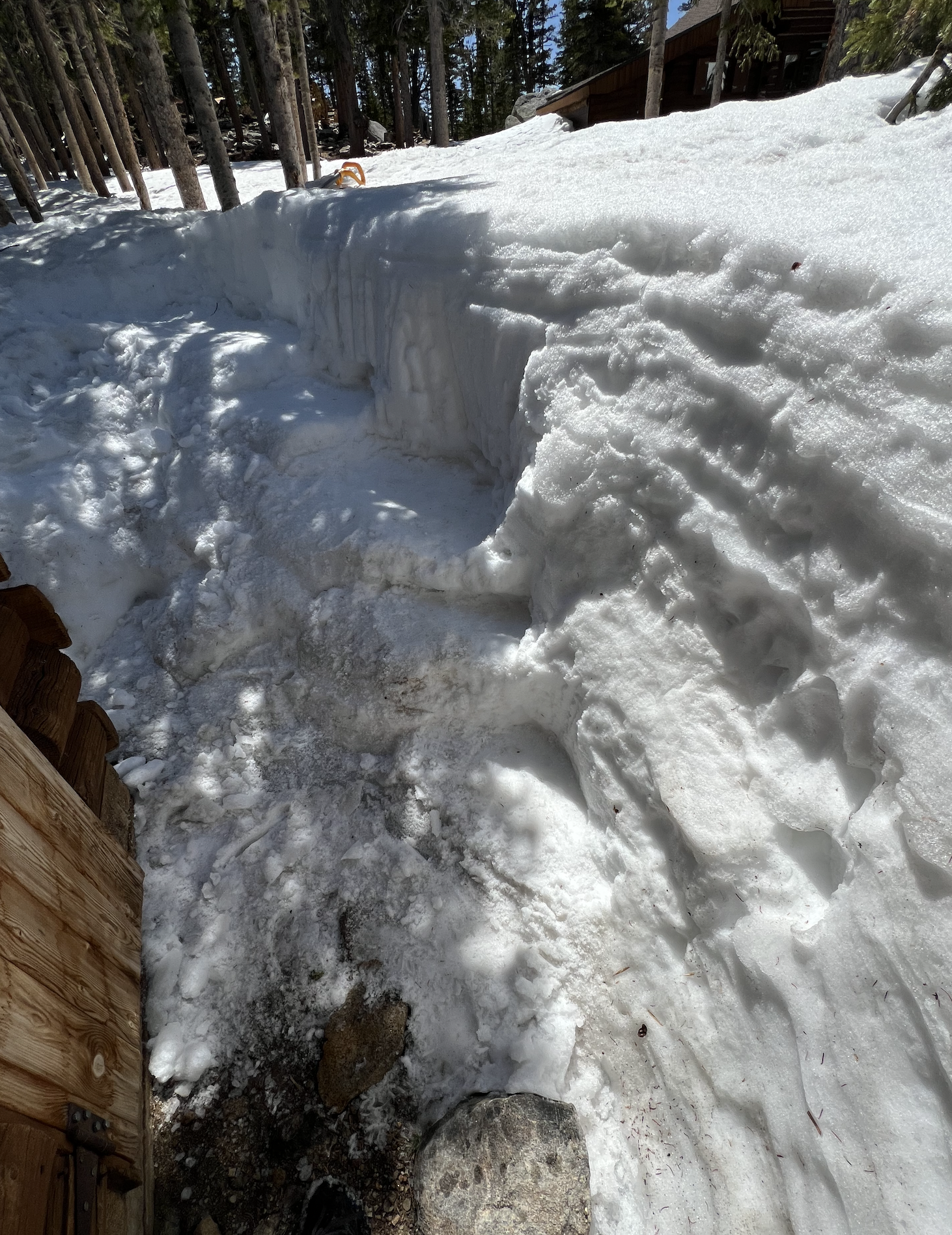
other moments #
Some snippets from my journal while there:
there’s something similar here to being on a ship? we don’t necessarily love the idea of going outside of it but we do so, to shit, to do the needful in operating the place, and to get some air. otherwise we’re all kinda bundled up in here, the fire roaring (but it needing stoking). meal service, collaboratively done. i guess similar to a ship there’s not unlimited waste space, trash space, water needs processing, etc. and it’s gorgeous but also somewhat deadly outside? I would not want to try and spend a night unexpectedly out here. I think the four of us here could, me perhaps adding more brawn than brains in this particular situation but yikers.
there are helpful maps about how to get to the water. of course, the map is not the territory. apparently there is a lovely culvert with a hole to get to the water. of course, it would be nice if you could actually find the culvert, and it wasn’t buried under 5 feet of snow. there’s the paper instructions on how to get water, there’s the map of how to get water, there’s the picture of the map, but none of them are ultimately reflecting the truth of base reality
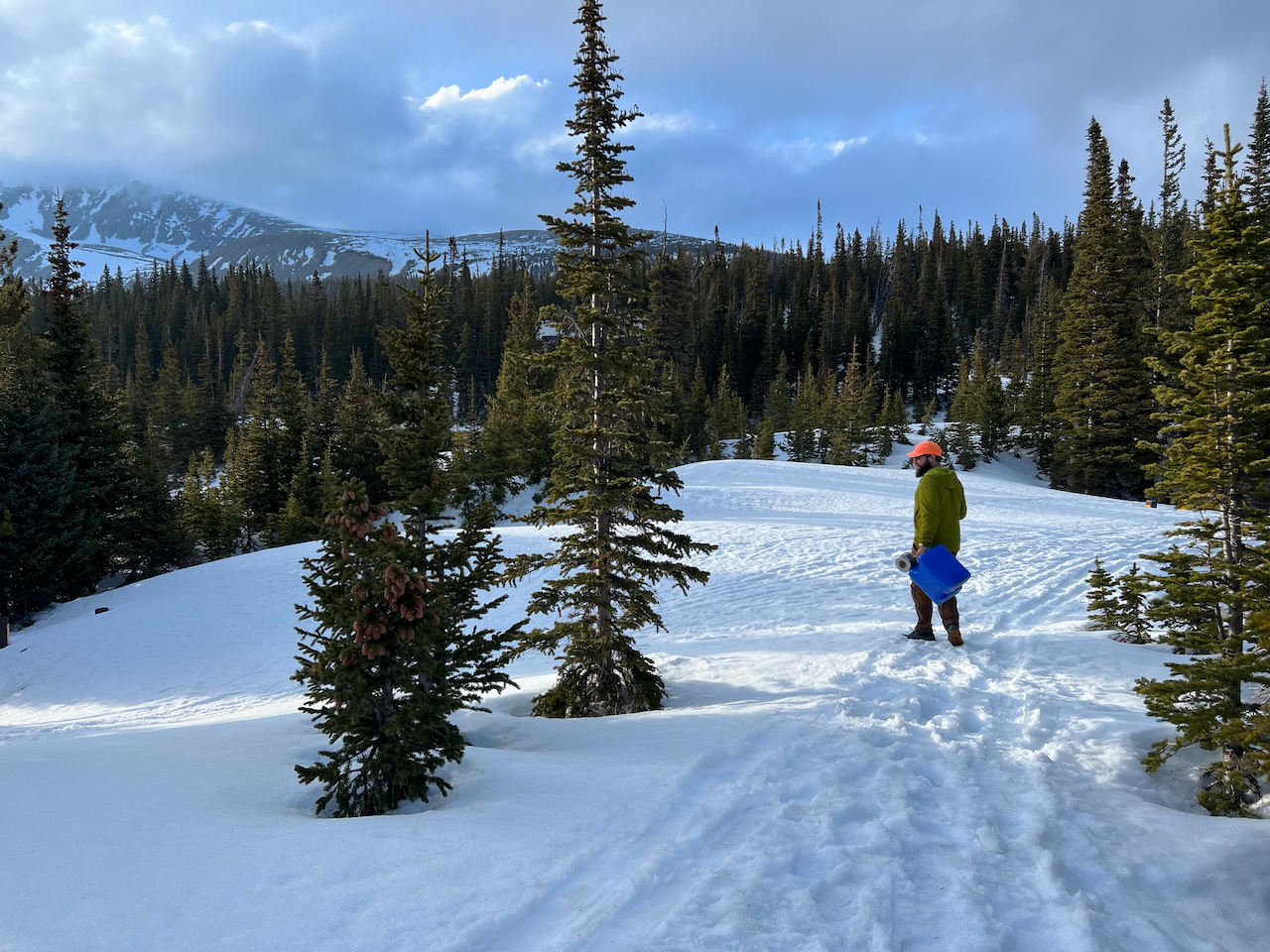
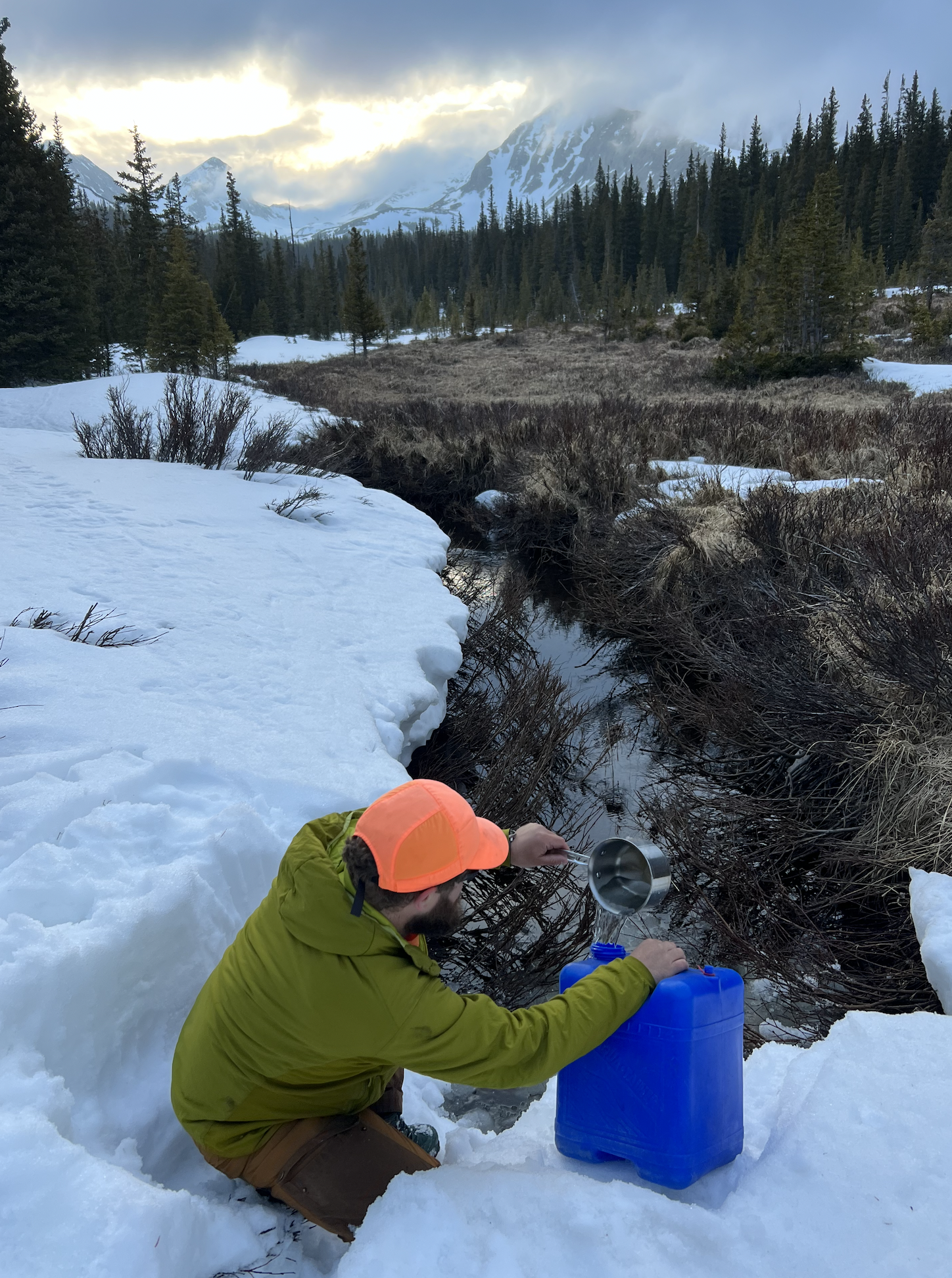
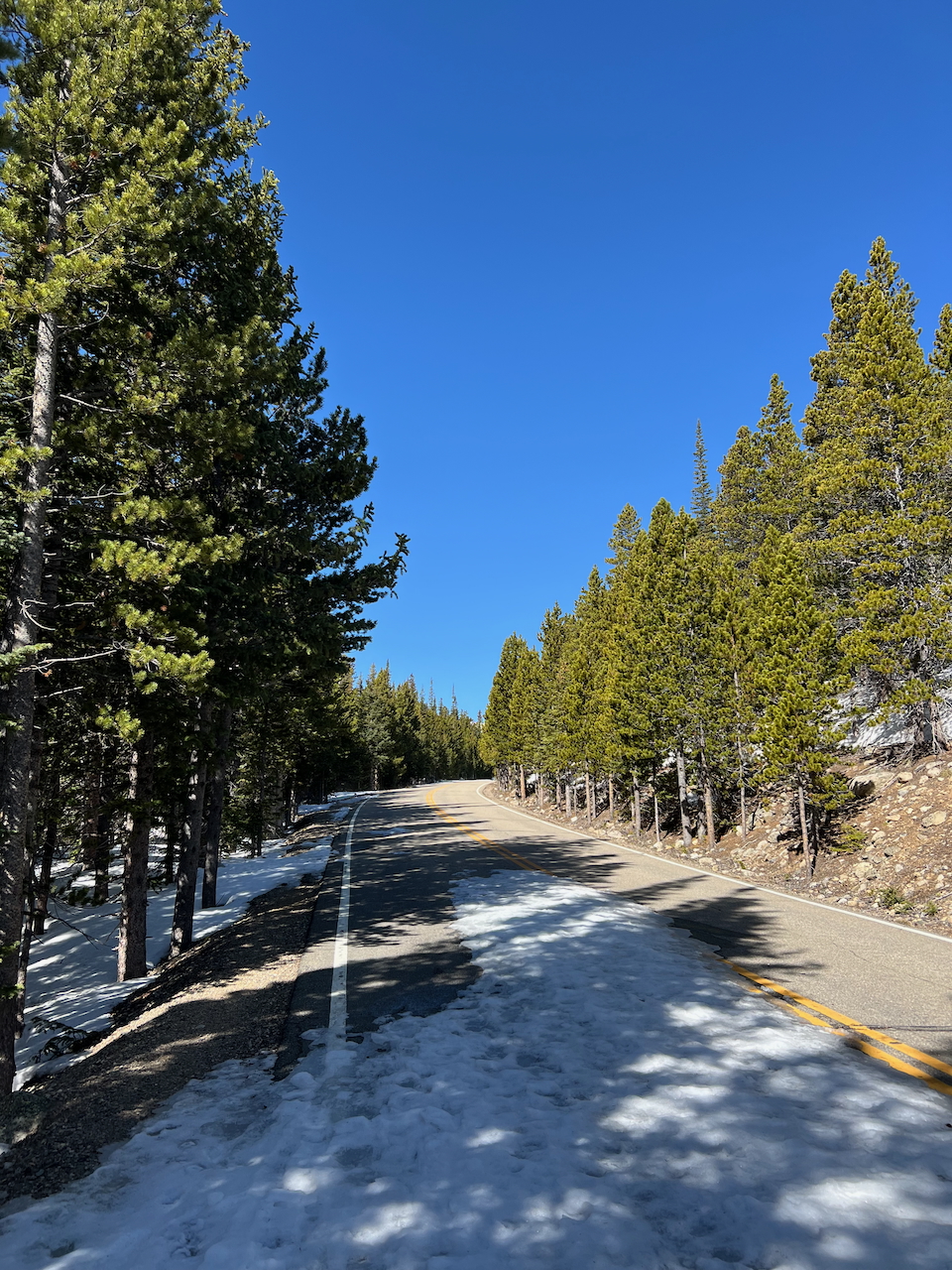
conclusion #
Brainard Cabin is around today because somebody did the hard thing of writing down notes about how they did a hard thing and that made it a little easier for the next people who came along. Much of my day-to-day is spent flipping bits on an app that tells me which bits need to be flipped on other apps. The results of my labor are usually abstract, ephemeral, and sometimes it’s actually really hard to tell whether my latest code commits made the situation better or not. There is no such a ephemerality when lighting a fire and watching the temperature in the building or in go up.